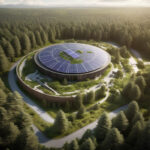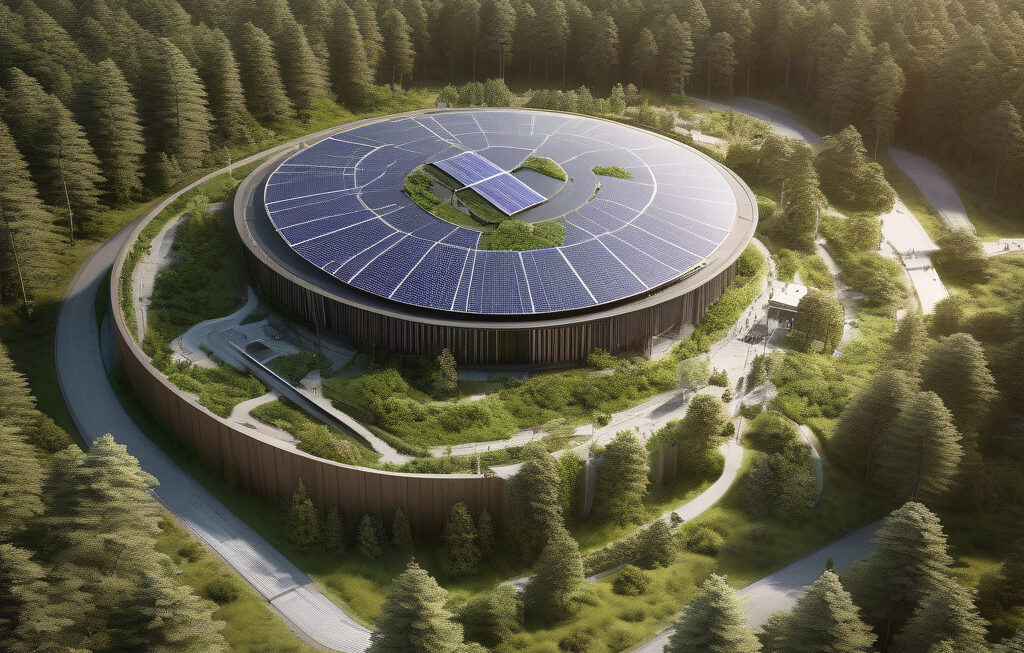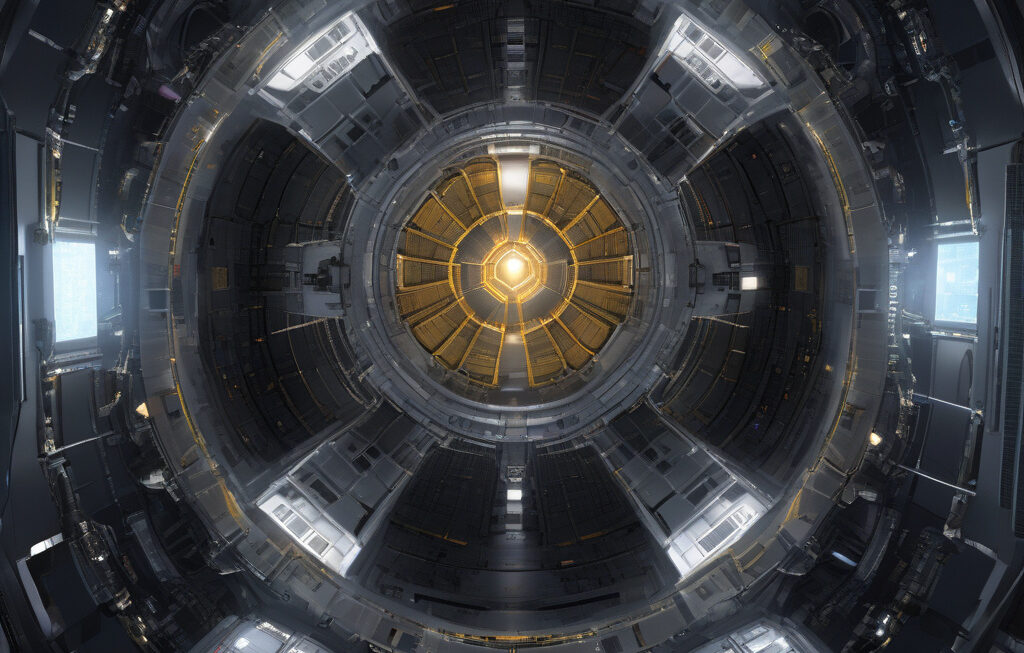Cold War-era nuclear sensors could become Earth guardians to hunt space debris
The entry of space debris into Earth’s atmosphere often occurs in its most remote and unmonitored areas, posing a significant threat to satellites, space stations, and even manned missions. However, an innovative solution might lie in repurposing Cold War-era nuclear sensors to track and identify these potentially hazardous objects, turning them into guardians of our planet.
During the Cold War, the United States and the Soviet Union deployed a vast network of sensors to detect nuclear explosions. These sensors, designed to monitor the Earth for signs of nuclear testing, are still in place today, albeit largely unused. By leveraging the existing infrastructure of these sensors, scientists and researchers can potentially create a global network for tracking space debris and predicting its re-entry into the Earth’s atmosphere.
One of the key advantages of repurposing Cold War-era nuclear sensors is their ability to detect objects in space with high precision. These sensors were originally designed to pick up the faint signals of nuclear detonations from thousands of miles away, showcasing their sensitivity and range. By recalibrating these sensors to focus on tracking space debris, researchers can significantly improve our ability to monitor objects in orbit and predict their trajectories more accurately.
Furthermore, the sheer number of Cold War-era nuclear sensors scattered across the globe provides a unique opportunity to create a comprehensive monitoring network for space debris. By linking these sensors together and integrating them with advanced data processing algorithms, scientists can generate real-time tracking data for thousands of objects in orbit, from defunct satellites to discarded rocket stages.
Moreover, the cost-effectiveness of repurposing existing nuclear sensors for tracking space debris cannot be overstated. Building a new network of sensors from scratch would require significant investment in both time and resources. In contrast, repurposing Cold War-era sensors leverages existing infrastructure, reducing the overall cost of implementation while maximizing the use of already available technology.
By transforming these once-dormant relics of the Cold War into active guardians of our planet, we can address the growing challenge of space debris and mitigate its potential risks. With the threat of collisions in orbit increasing due to the proliferation of satellites and space activities, having a reliable and cost-effective monitoring system is more critical than ever.
In conclusion, repurposing Cold War-era nuclear sensors to track space debris represents a creative and practical solution to a pressing global issue. By harnessing the sensitivity, range, and existing infrastructure of these sensors, we can enhance our ability to monitor and manage space debris, ultimately safeguarding our satellites, space missions, and the long-term sustainability of space activities.
earth guardians, space debris, nuclear sensors, Cold War-era, monitoring network












